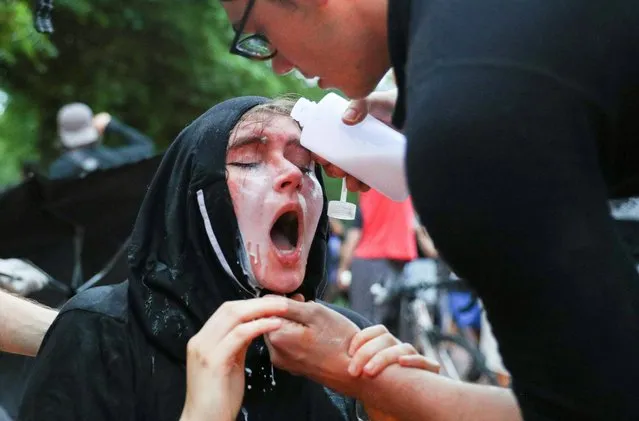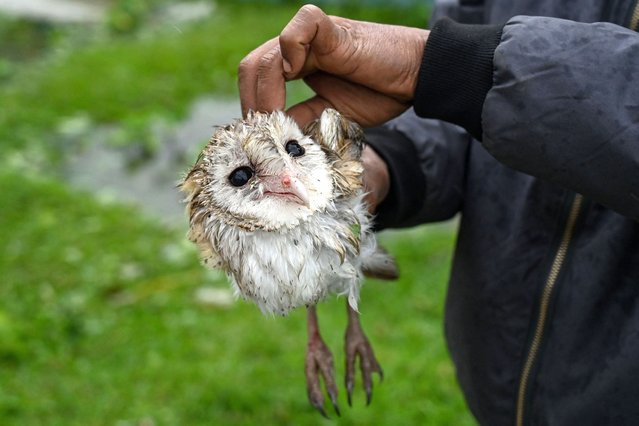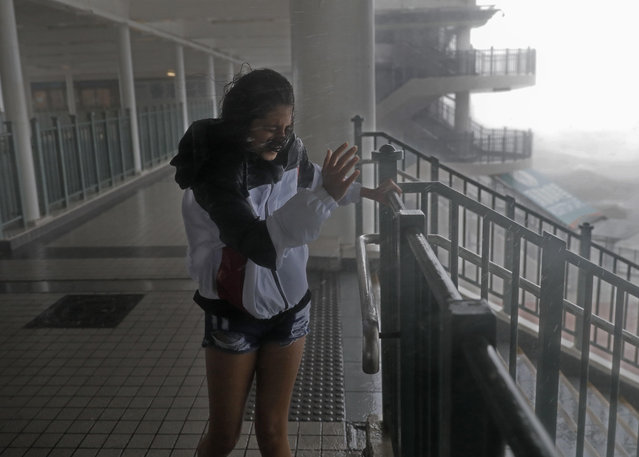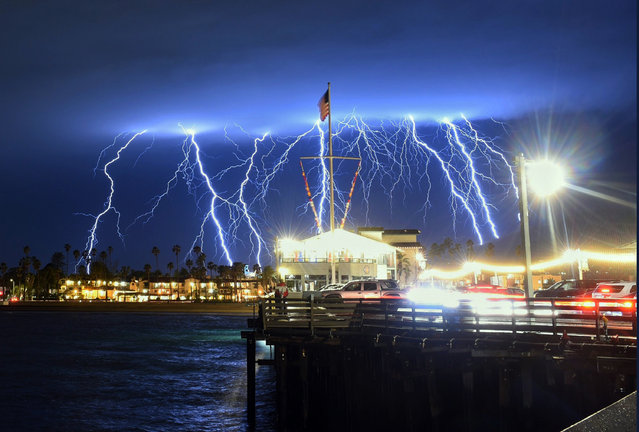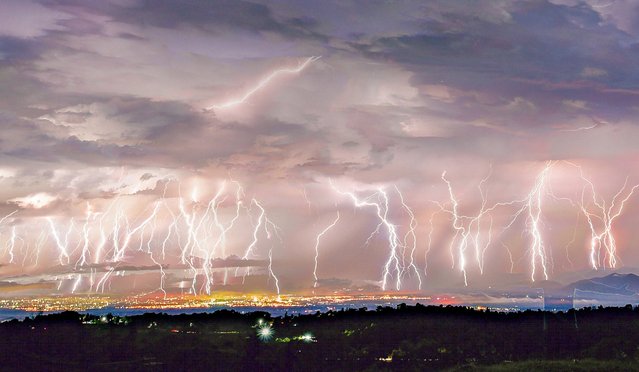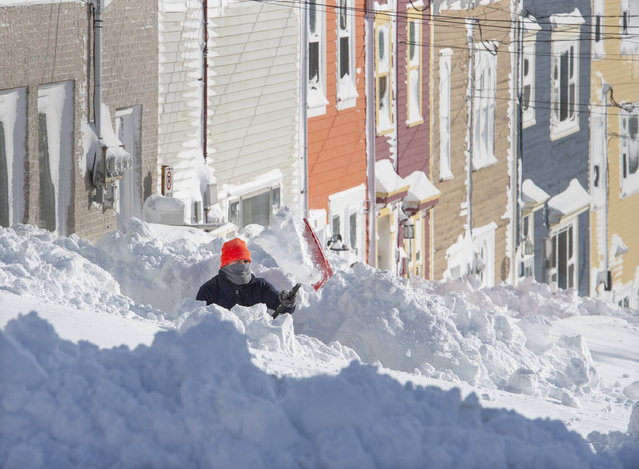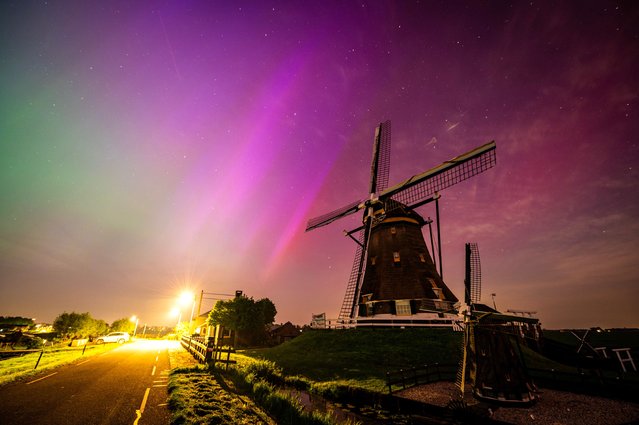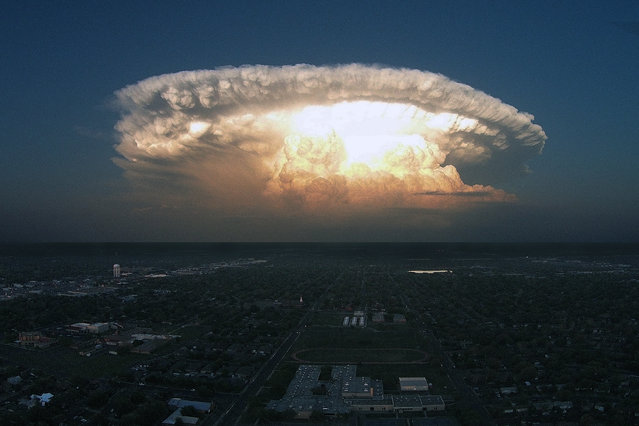
A huge supercell dominates the Texas skyline like an atomic bomb explosion on April 11, 2015 in Lubbock, Texas. A huge supercell dominates the Texas skyline like an atomic bomb explosion. These incredible images were taken on April 11th, by photographer Darin Kuntz who has spent in his entire life in so-called Tornado Alley. And Darin confirmed that he snapped the storm standing in his backyard in Lubbock, Texas. (Photo by Darin Kuntz/Barcroft Media)
29 Jul 2015 11:44:00,post received
0 comments

